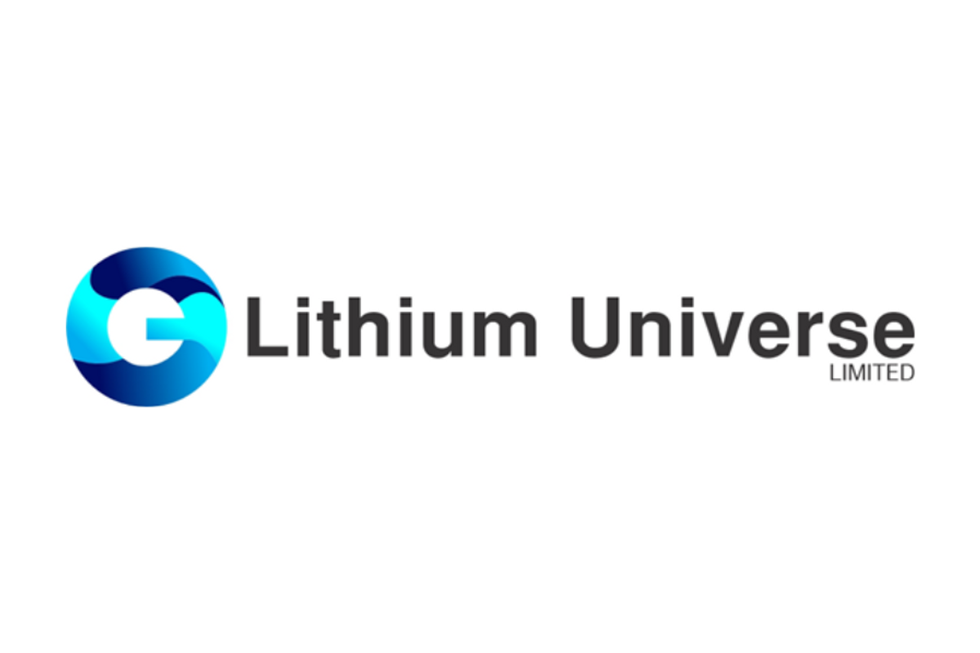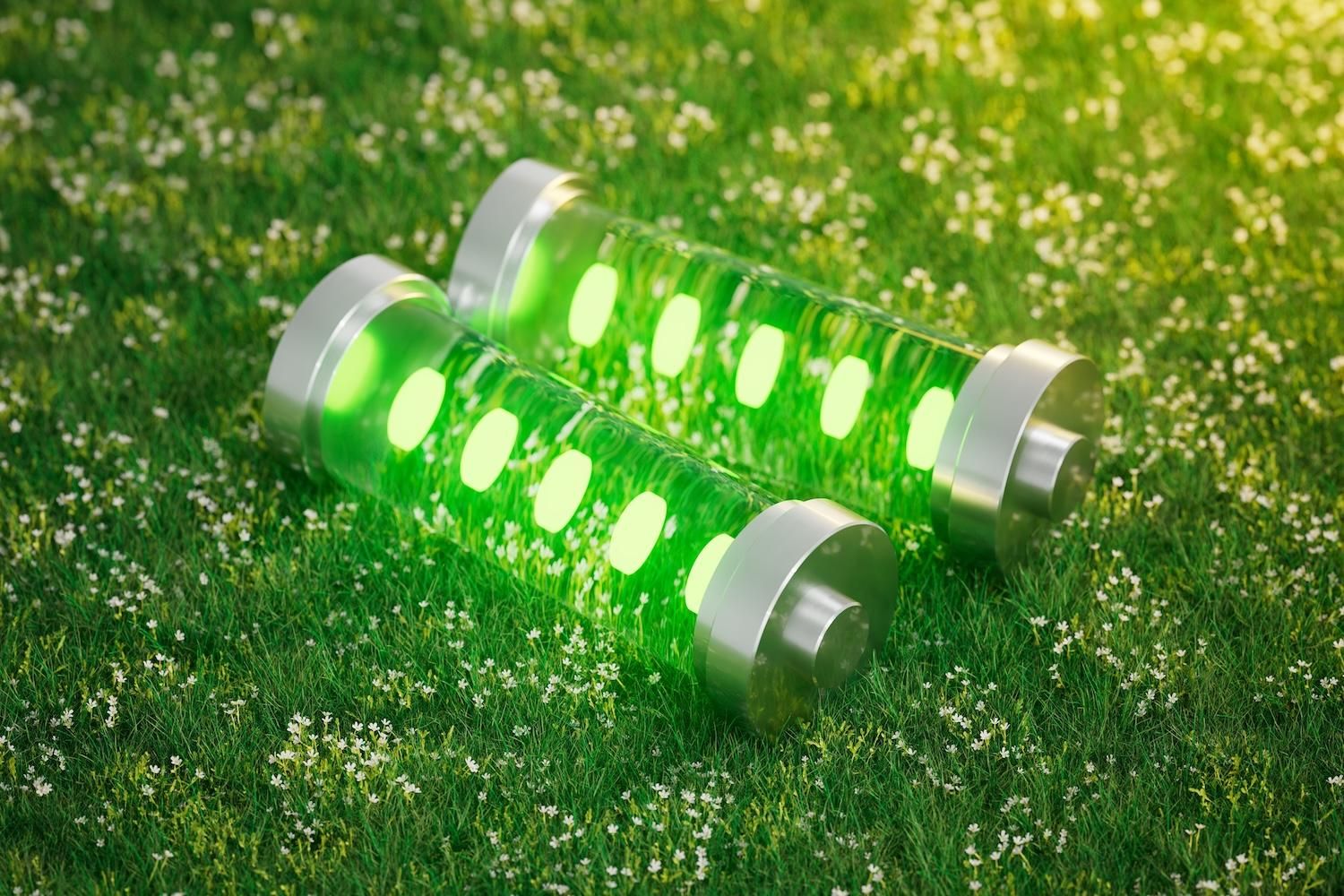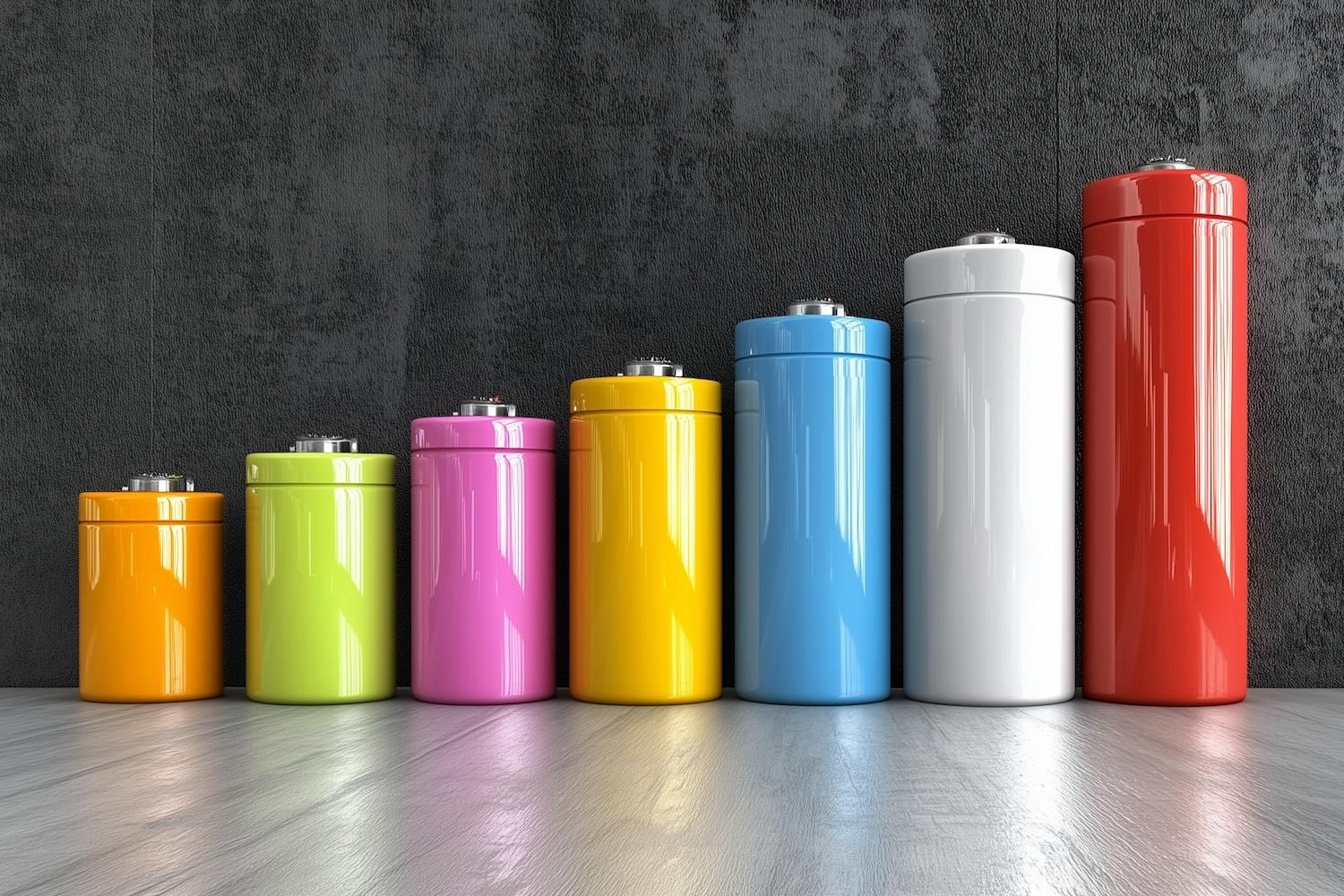
February 11, 2025
Lithium Universe Limited (referred to as "Lithium Universe" or the "Company," ASX: "LU7”) is pleased to announce the signing of a Memorandum of Understanding (MOU) with La Corporation de l’École Polytechnique de Montréal (Polytechnique Montréal). Lithium Universe Limited and Polytechnique Montréal have entered into a strategic partnership aimed at advancing lithium processing technologies and strengthening the local supply chain for critical battery materials in Canada. The collaboration, outlined in a Memorandum of Understanding, seeks to enhance education, research, and innovation in areas of mutual interest, with a primary focus on building Canadian expertise in the lithium battery sector.
Highlights
- Collaboration in lithium processing with renowned local University
- Build local Canadian expertise in battery materials
- Enhance education, training, and research in critical mineral industry in Canada
- Drive innovation in engineering solutions for sustainability
- Promote student and faculty practical experience in lithium industry
- Support the onshoring of the lithium battery supply chain in Canada
About Polytechnique Montréal
Polytechnique Montréal is one of Canada’s leading engineering schools, renowned for its research and innovation in applied sciences and technology. Located in Montréal, Quebec, it is affiliated with the Université de Montréal and serves as a hub for multidisciplinary research and development. Polytechnique's commitment to addressing global challenges, including sustainability and energy transition, aligns closely with LU7’s mission to support the advancement of critical materials for clean energy. With a focus on academic excellence and technological innovation, Polytechnique provides a dynamic environment for students, researchers, and industry partners to collaborate and drive impactful solutions.
Key Objectives of the Partnership
The primary aim of the partnership is to enhance local expertise and innovation in Canada. This involves developing and strengthening capabilities in lithium processing through various initiatives such as joint research, innovation projects, and educational programs. Specifically, the focus will be on building local expertise in lithium processing tailored for the battery industry and conducting research to innovate in lithium processing technologies.
Another crucial objective is education and talent development. The partnership seeks to foster educational growth by offering numerous opportunities including internships, fellowships, co-ops, and joint academic projects. This effort is geared towards supporting diversity, encouraging entrepreneurship, and incubating start- ups within the lithium battery sector.
Furthermore, strategic educational partnerships will be established to facilitate collaboration in the development and delivery of postgraduate and short courses. These partnerships will also encompass student placements and co-developed research projects, enhancing the educational landscape and practical experience in the field.
Lastly, the partnership underscores the importance of sustainability and commercialization. It aims to drive sustainable practices within the industry while also supporting the commercialization of new technologies. This initiative will help bolster Canada's role in the global energy transition by turning innovative research into market- ready solutions.
This partnership is set to last for an initial term of five years, with the possibility for further collaboration through additional project agreements.
Lithium Universe Chairman, Iggy Tan said, "It is a privilege to partner with this prestigious university as we ignite innovation and cultivate a thriving lithium battery industry in Canada. Together, we are committed to educational excellence and sustainable industry growth, shaping a future where Canadian expertise leads the global stage.”
Polytechnique Director of the Office of Partnerships and Research Infrastructure, Augustin Brais said, “We are enthusiastic about this new, synergetic and innovative partnership that will enhance our educational and research mission towards a greener and more sustainable societal electrical energy future."
Click here for the full ASX Release
This article includes content from Lithium Universe, licensed for the purpose of publishing on Investing News Australia. This article does not constitute financial product advice. It is your responsibility to perform proper due diligence before acting upon any information provided here. Please refer to our full disclaimer here.
LU7:AU
The Conversation (0)
03 September
Macquarie Electro Jet Silver Extraction Recovery
Lithium Universe (LU7:AU) has announced Macquarie Electro Jet Silver Extraction RecoveryDownload the PDF here. Keep Reading...
12 August
Acquisition of Silver Extraction Technology
Lithium Universe (LU7:AU) has announced Acquisition of Silver Extraction TechnologyDownload the PDF here. Keep Reading...
30 July
Quarterly Activities/Appendix 5B Cash Flow Report
Lithium Universe (LU7:AU) has announced Quarterly Activities/Appendix 5B Cash Flow ReportDownload the PDF here. Keep Reading...
30 July
Lithium Universe Ltd Quarterly Activities Report
Melbourne, Australia (ABN Newswire) - During the June quarter, Lithium Universe Ltd (ASX:LU7,OTC:LUVSF) (FRA:KU00) (OTCMKTS:LUVSF) announced the acquisition of the global rights to commercially exploit a patented photovoltaic solar panel recycling technology known as "Microwave Joule Heating... Keep Reading...
17 July
Completion of PV Solar Cell Recycling Acquisition
Lithium Universe (LU7:AU) has announced Completion of PV Solar Cell Recycling AcquisitionDownload the PDF here. Keep Reading...
11m
Livium Receives A$663k in RsD Tax Incentive Rebates for VSPC
Livium Ltd (ASX: LIT) (“Livium” or the “Company”) advises that it has received A$663,000 in research and development ("R&D") tax incentive rebates from the Australian Tax Office for the 2025 financial year ("FY25"), relating to its wholly owned subsidiary VSPC Pty Limited ("VSPC"). The rebate... Keep Reading...
01 December
Why SQM Says Social Dialogue is Key to Sustainable Lithium
As scrutiny continues to intensify across the battery metals supply chain, the conversation around sustainability has moved far beyond carbon footprints. At this year’s Benchmark Week, Stefan Debruyne, director of external affairs at Sociedad Quimica y Minera de Chile (SQM) (NYSE:SQM), made that... Keep Reading...
27 November
Battery Storage Market Surging as Electricity Demand Enters New Era
Speaking at Benchmark Week, Iola Hughes, head of battery research at Benchmark Mineral Intelligence, outlined a market that is undergoing “very strong growth" and becoming indispensable to energy security.Hughes described energy storage as the fastest-growing segment in the battery sector today.... Keep Reading...
27 November
Inside Billionaire Gina Rinehart's Key Mining Investments
Australian billionaire Gina Rinehart has become a formidable force in the global mining industry. After taking the helm of her father’s iron ore firm Hancock Prospecting in 1993, she embarked upon a diversification strategy that has vastly expanded her resource empire. Now Australia’s richest... Keep Reading...
26 November
Long State Funding Update
Atlantic Lithium (A11:AU) has announced Long State Funding UpdateDownload the PDF here. Keep Reading...
24 November
CATL Reportedly Plans to Restart Key Chinese Lithium Mine by December
Contemporary Amperex Technology (SZSE:300750,OTC Pink:CTATF) is preparing to restart its Jianxiawo lithium mine in Jiangxi province as soon as early December, sources familiar with the matter told Bloomberg.The sources, who declined to be named, said the company, better known as CATL, has asked... Keep Reading...
Latest News
Latest Press Releases
Related News
TOP STOCKS
American Battery4.030.24
Aion Therapeutic0.10-0.01
Cybin Corp2.140.00






